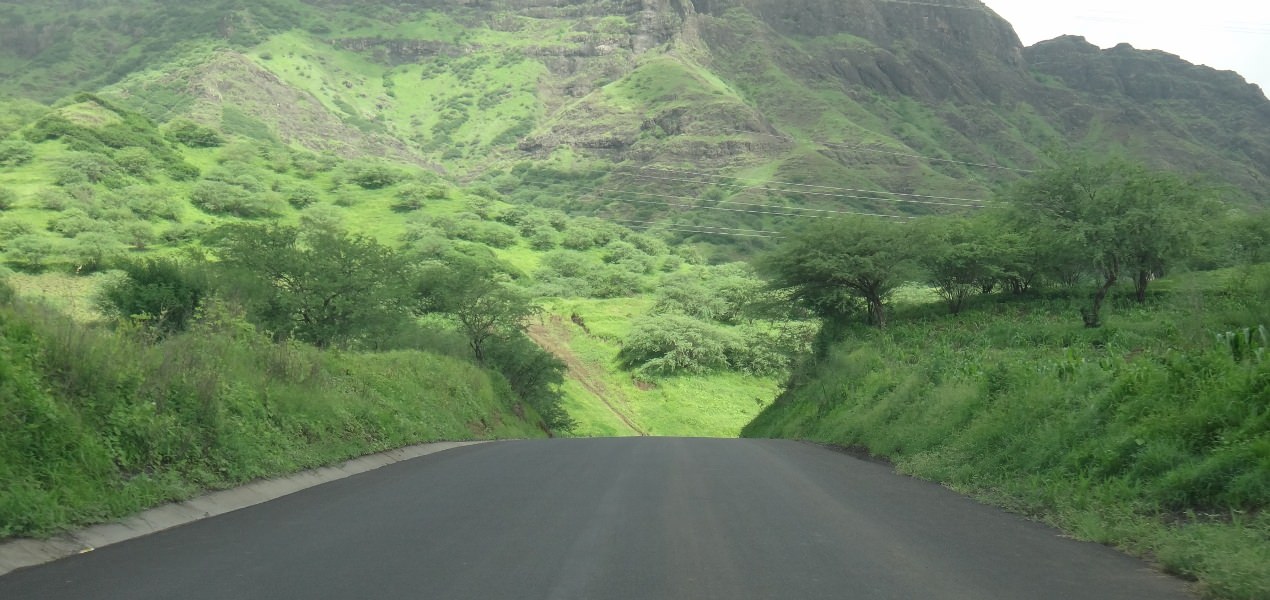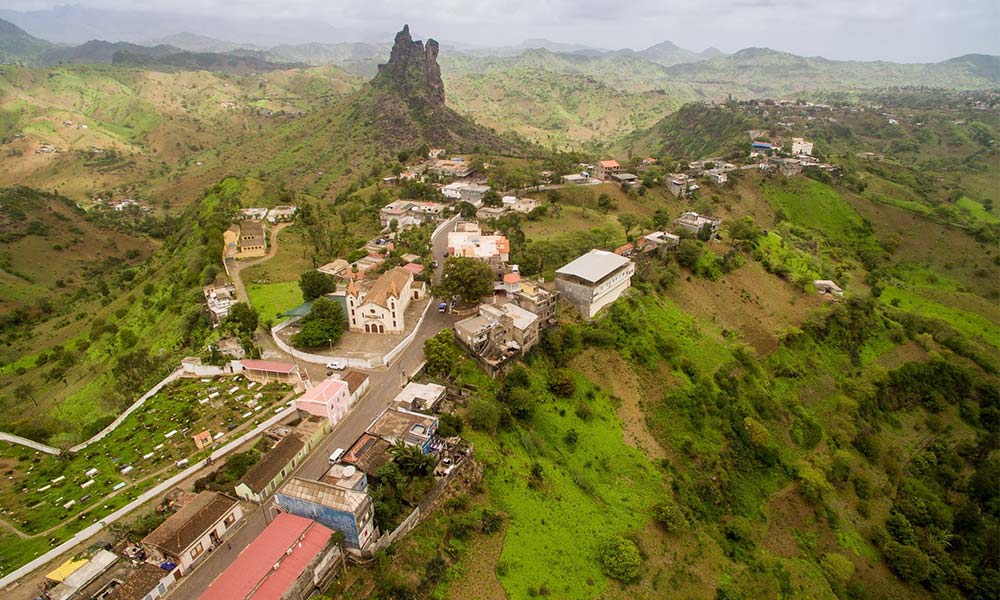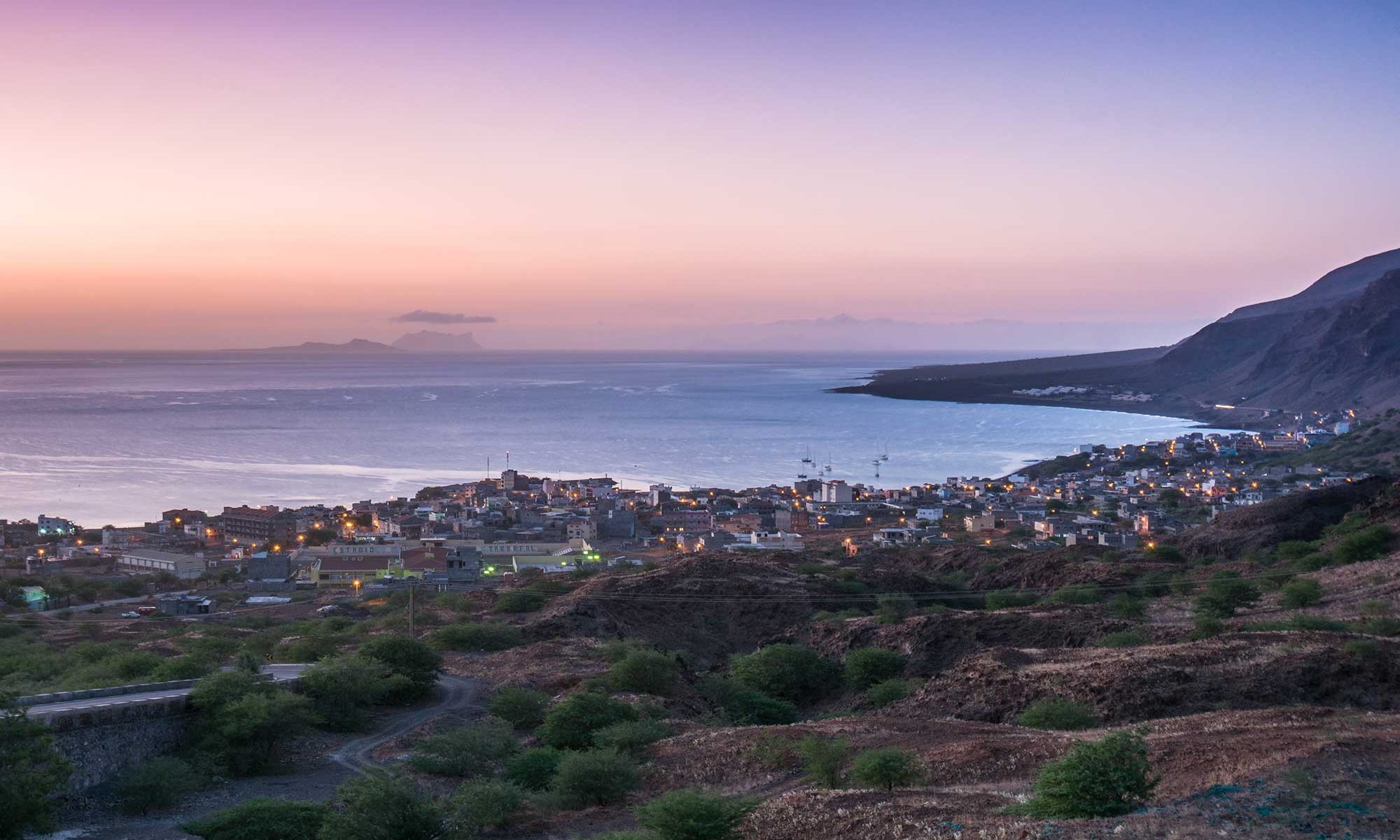Cape Verde travel tips
Cape Verde travel tips: Off West Africa, boasts stunning landscapes, diverse music, and vibrant culture, attracting visitors with its unique archipelago charm.
Regions 🌎
Cape Verde travel tips. Here is a list of all the regions of the Cape Verde.

Boa Vista

Brava

Maio

Mosteiros

Paul

Porto Novo

Praia

Ribeira Brava

Ribeira Grande

Sal

Ribeira Grande de Santiago

Santa Catarina

São Domingos

Santa Catarina do Fogo

Santa Cruz

São Filipe

São Lourenço dos Órgãos

Tarrafal

São Miguel

São Salvador do Mundo

Tarrafal de São Nicolau

São Vicente
Before you go 🛩
Important information you should know before your trip
Info

Capital | Praia
Flag Codes:
ISO alpha-2 CV,
ISO alpha-3 CPV
Currency
Badge | Cape Verdean Escudo
CODE | CVE
NUMBER | 132
SYMBOL | Esc, $
FRACTION | penny
Mobile Coverage
Dialing Code | +238
SIM Card
Coverage | 3G / 4G / 5G |
Mobile Networks | CVMovel | Unitel T+ |

Location
Cabo Verde, also known as Cape Verde, is an island country located in the central Atlantic Ocean off the west coast of Africa. It is situated approximately 570 kilometers (350 miles) off the coast of Senegal, West Africa.
The country’s capital city, Praia, is located on the island of Santiago. Cabo Verde is known for its diverse landscapes, which range from arid and volcanic terrain to lush, green valleys. The islands offer a variety of natural attractions, beaches, and a rich cultural heritage.
Currency
The currency of Cabo Verde, also known as Cape Verde, is the Cape Verdean Escudo.
The currency is denoted by the symbol “CVE” and is often abbreviated as “Esc” or simply “CV.”
The Cape Verdean Escudo is further subdivided into 100 centavos.
It’s important to note that while the Cape Verdean Escudo is the official currency, some establishments, particularly those in tourist areas, may also accept euros (€) for certain transactions.
However, the primary currency for everyday transactions and official use in Cabo Verde is the Cape Verdean Escudo (CVE).
Languages
The official language of Cabo Verde (Cape Verde) is Portuguese. Portuguese serves as the primary language of government, administration, education, and media in the country. It is also the language of instruction in schools.
In addition to Portuguese, Cape Verdeans commonly speak Cape Verdean Creole (Kriolu or Crioulo), which is a group of Creole languages based on Portuguese but influenced by African, indigenous, and other European languages. Cape Verdean Creole is widely spoken in everyday life and is often used for informal communication among the local population.
The specific dialect of Cape Verdean Creole can vary from island to island within Cabo Verde, with different variations in vocabulary, pronunciation, and grammar.
While Portuguese and Cape Verdean Creole are the primary languages, some Cape Verdeans may also speak other languages, such as French or English, particularly in tourist areas and for business purposes.
Climate 🌡
Cabo Verde (Cape Verde) experiences a tropical climate with some variations between the different islands due to their geographical locations. The climate can be categorized into two main seasons: the dry season and the rainy season. Here is an overview of the climate in Cabo Verde:
Dry Season (December to July):
The dry season, often referred to as the “harmattan season,” typically occurs from December to July. During this period, the weather is characterized by warm temperatures, clear skies, and low humidity. Rainfall is minimal, and the islands experience little to no precipitation. This season is known for its steady northeast trade winds, which help keep the islands relatively cool.
Rainy Season (August to November):
The rainy season in Cabo Verde usually takes place from August to November. During this time, there is a higher chance of rainfall, especially on the northern and windward sides of the islands. Rainfall can be quite variable, and some islands may receive more rain than others. However, even during the rainy season, Cabo Verde generally receives less rainfall compared to many other tropical regions.
Temperature:
The temperature in Cabo Verde is relatively stable throughout the year, with average highs ranging from 25°C to 30°C (77°F to 86°F). The coastal areas tend to be cooler, while inland and higher-altitude areas can be warmer.
Trade Winds:
The northeast trade winds play a significant role in Cabo Verde’s climate. These winds bring a cooling effect to the islands, making the climate more temperate and pleasant.
Humidity:
Relative humidity levels are generally lower during the dry season and higher during the rainy season. The coastal areas are more humid, while inland regions are drier.
Tropical Cyclones:
Cabo Verde is occasionally affected by tropical cyclones, primarily during the late summer and early fall months. These storms can bring heavy rain and strong winds to the islands.
Cape Verde travel tips
If you’re planning a trip to Cape Verde, here are some travel tips to enhance your experience:
Islands Exploration:
Explore diverse islands like Sal, Boa Vista, and Santiago, each offering unique landscapes and experiences.
Health Precautions:
Check required vaccinations, drink bottled water, and be cautious with local cuisine.
Cultural Respect:
Respect local customs; ask permission before taking photos of people.
Sustainability:
Support eco-friendly initiatives; practice responsible tourism to preserve Cape Verde’s unique environment.
Transportation:
Taxis and aluguer (shared minivans) are common; negotiate fares in advance. View Guide.
Hiking Opportunities:
Discover hiking trails on islands like Santo Antão for stunning scenic views.
Beach Activities:
Enjoy water sports on the pristine beaches, such as windsurfing and snorkeling.
Enjoy your time in Cape Verde!

The best of the best
Cabo Verde, also known as Cape Verde, offers a rich culinary tradition that combines African, European, and Brazilian influences due to its history and cultural diversity. The country’s cuisine features a variety of fresh seafood, flavorful stews, and unique side dishes.

Cachupa
Cachupa is considered the national dish of Cabo Verde. It is a hearty stew made from maize (corn) or hominy, beans, vegetables, and often includes meat or seafood.

Lagosta Grelhada
Grilled lobster is a popular and delicious seafood dish in Cabo Verde, especially in coastal areas.

Arroz de Marisco
This is a flavorful seafood rice dish made with a variety of seafood, rice, and a tomato-based sauce.
Here are some typical foods and dishes you can find in Cabo Verde:
Xerém: Xerém is a dish made from cornmeal, similar to polenta, and is often served with fish or seafood stews.
Pastéis: Pastéis are deep-fried pastries filled with a variety of ingredients, such as fish, meat, shrimp, or vegetables.
Espetada: Espetada is a skewered and grilled meat dish, typically made with beef or chicken. It’s often seasoned with garlic and herbs.
Canja de Galinha: Canja de galinha is a comforting chicken soup made with rice, vegetables, and chicken broth, often enjoyed as a remedy for colds or as a comfort food.
Tuna or Wahoo Carpaccio: Fresh fish carpaccio, often prepared with tuna or wahoo, is a popular appetizer.
Grogue: Grogue is a traditional Cape Verdean spirit made from sugarcane. It is often used as a base for cocktails or enjoyed on its own.
Cesaria Évora Cachupa: Named after the famous Cape Verdean singer Cesaria Évora, this dish typically includes rice, beans, and various types of meat.
Catchupa Goudou-Goudou: This is a variation of cachupa that includes shredded leftover fish or meat, often served for breakfast.
Cabo Verde’s cuisine reflects the country’s cultural diversity, with each island offering its own regional specialties. Seafood plays a significant role in the diet due to the country’s coastal location, and the use of fresh ingredients is a hallmark of Cape Verdean cooking.
Transportation 🚥
More information about this country
Choose your destination 📍🗺
Useful Links ✅



